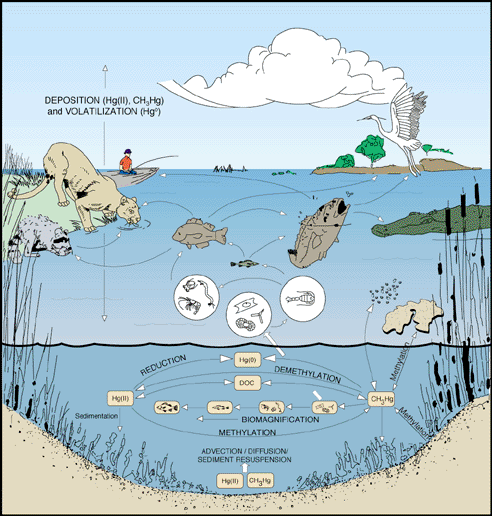Traditional Suspended Growth Systems
- Want floc formation for solids removal
- Filamentous microbes are a problem and must be monitored
- EPS (Extracellular polymers) are normally good
- Worry about settling rates (SV30 & SVI)
MBR Systems
- No need to worry about floc formation - membrane takes care of all solids above the pore size
- Filaments are finally not an issue - we can finally use their unique metabolic properties!
- EPS can be bad for blinding the pores in the membrane
- Viscous bulking can be a very bad problem for solids separation in the membrane
- Less need to worry about SV30 & SVI
- Interesting forms such as granular aerobic floc are possible with the long sludge ages
- No need to worry about solids flux (settling rates)


 RSS Feed
RSS Feed